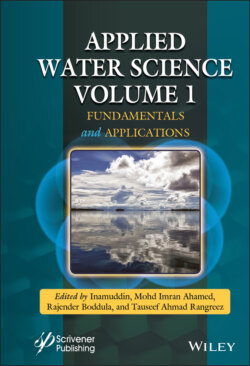Читать книгу Applied Water Science - Группа авторов - Страница 35
2.3.4.2.3 Ozonation
ОглавлениеOzone is an electrophilic and a strong oxidant, which can be used directly or indirectly. When ozone is used directly without irradiation or a catalyst, the process is called ozonation, whereas when in combination with a catalyst or photoactivation, it is classified as an advanced oxidation process. Pharmaceutical compounds with electron-rich functional groups such as double, and triple bonds, and aromatic structures or at certain nitrogen, oxygen, phosphorus, or sulfur moieties undergo direct ozonation (Patel et al., 2019). The formation of HO• occurs when ozone and OH- react in aqueous solution. However, ozonation is not 100% effective, thus the need to combine it with UV irradiation or other oxidants such as H2O2. In fact, wastewater treatment plants usually apply ozonation to degrade complex molecules to smaller biodegradable compounds. Although ozonation can be used with unstable effluent flows, it has high construction and maintenance costs. Moreover, the generation of zone is energy intensive, and the mass transfer of O3 from the gaseous phase increases operational costs. Like photolysis, ozonation is sensitive to the physico-chemical properties of water such as alkalinity, organic matter content, pH, the presence of other ions, suspended matter, and temperature.
